Results
-
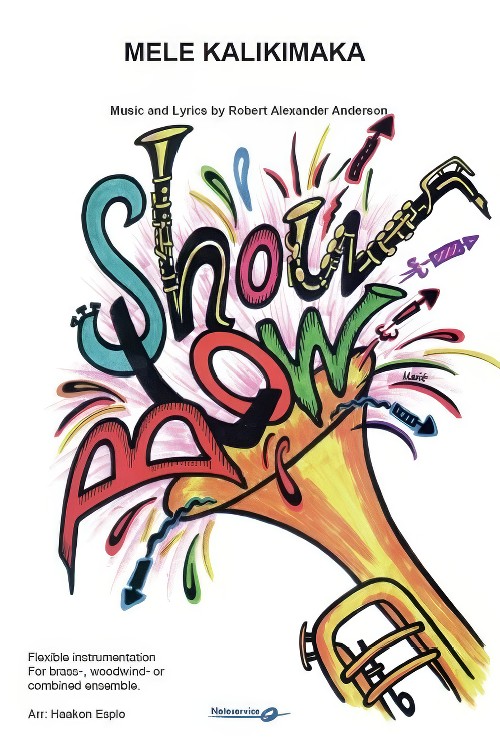 £66.95
£66.95Mele Kalikimaka (Flexible Ensemble - Score and Parts) - Anderson, R. Alex - Esplo, Haakon
Finally, the Christmas carol Mele Kalikimaka is available for flexible ensemble in a fun and catchy arrangement.Mele Kalikimaka is well known, but perhaps not one of our most played Christmas carols. It has a Hawaiian theme and melodic effects and was written in 1949 by R. Alex Anderson. The title means Merry Christmas in Hawaiian. One of the earliest recordings of this song was by Bing Crosby and the Andrews Sisters in 1950 on Decca. It has been sung and recorded by many artists and used in several films.Flexible instrumentation (Flex 5 ShowBlow) makes it playable for small as well as larger ensembles.Duration: 2.15
Estimated dispatch 7-14 working days
-
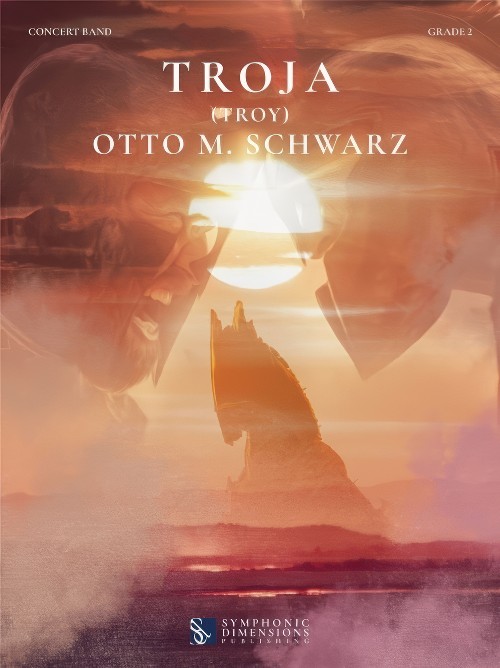 £79.99
£79.99Troja (Troy) (Concert Band - Score and Parts) - Schwarz, Otto M.
The Greek poet Homer wrote about Troy and the Trojan War, which probably took place in what is now Asia Minor, in his Iliad in the 8th century B.C. Nowadays, the term Trojan generally refers to a malware program that is used to gain unauthorised access to computers. This use comes from the legendary Trojan Horse, which saw the turning point in the battle between Greeks and Trojans through the cunning of Odysseus. Let us return to the beginning of the story: Paris, son of the king of Troy, is tasked by Zeus with judging the beauty of the three goddesses Aphrodite, Pallas Athena, and Hera. Aphrodite, the goddess of love, flatters Paris by promising him the most beautiful woman in the world. Soon afterwards, on a journey to Greece, Paris meets the beautiful Helen, who immediately falls in love with him. Since however she is the wife of Spartan king Menelaus, she eventually lets herself be kidnapped by Paris voluntarily. The Greeks then form a large army and go to war against Troy to retrieve Helen, leading to a ten-year siege of the city. The city is eventually conquered not through combat, however, but through Odysseus' cunning ploy. He has the idea of building an enormous wooden horse with warriors hidden inside. The horse is placed at the gates of the city. Thus, the Trojans are tricked into giving up the siege when, despite various warnings, they bring the horse into the city to dedicate it to the goddess Athena. At night, the soldiers climb out of the horse and open the gate for the Greek army. The troops storm the city and burn it to the ground. The royal family and all the Trojan warriors are killed, only Aeneas, the son of Aphrodite, escapes. Later, following many years' wanderings he and his acolytes will become known as the founders of the Roman people. There are various accounts of the fate of the beautiful Helen. She is said to have returned to Sparta with Menelaus and to have ruled there until the end of her life. Or maybe not...Duration: 6.00
Estimated dispatch 7-14 working days
-
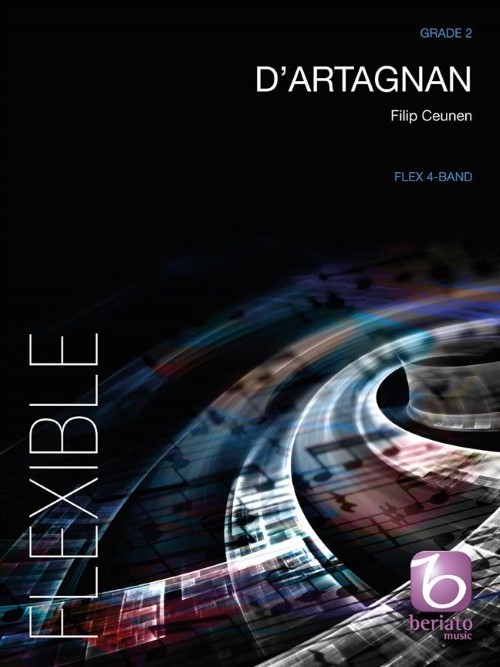 £60.99
£60.99D'Artagnan (Flexible Ensemble - Score and Parts) - Ceunen, Filip
D'Artagnan, a short work for flexible youth band is the follow-up to a previous piece from the same series, The Three Musketeers. It was commissioned by the 1-1-1 orchestra workshop in Wehr, Germany, where it premiered on 5th May 2019 at a play-in for young musicians. D'Artagnan describes the lively and whimsical personality of this young, fourth musketeer. It is a joy to play and listen to! Duration: 2.30
Estimated dispatch 7-14 working days
-
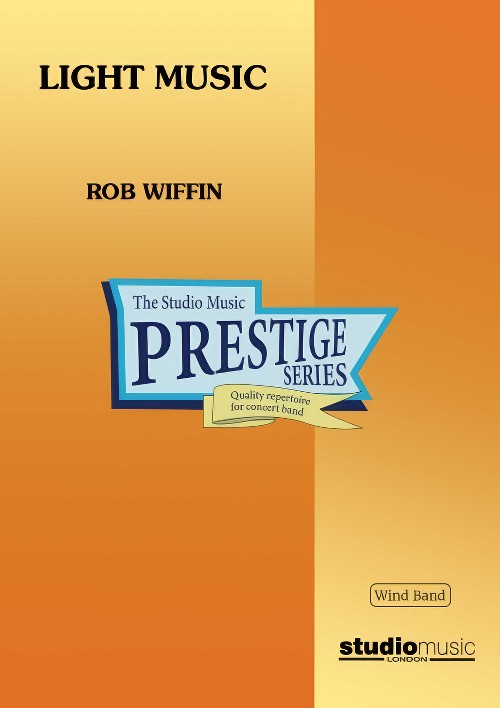 £27.95
£27.95Light Music (Concert Band - Score only) - Wiffin, Rob
The title Light Music alludes to different things. Most of the music in the suite is light in nature, and is in the inherently British tradition of 'light music' - original pieces which are often descriptive but essentially melodic. In another sense the music depicts various aspects of light itself. The title itself is a trick of the light!The first movement, Lightscape, portrays shifting patterns and types of light, highlighting some details and obscuring others. It is sometimes vibrant, dancing and full of movement, and sometimes tranquil.The second movement, At the going down of the sun, considers the light of the sun as it sets. Because of the nature of his career, the composer has written a fair amount of ceremonial music and this movement is close to that genre once again. There is, in the title, a reference to the familiar Remembrance line 'At the going down of the sun and in the morning we will remember them' from the poem For the Fallen by Robert Laurence Binyon (1869-1943) written in September 1914, a few weeks after the outbreak of the First World War. While the music is not a setting of these words - or in any way referential - there is an echo of the words 'We will remember them'.The suite finishes with Set Alight which starts off with a few combustible bars as the flame catches and then the fire is under way.Duration: 11.30
Estimated dispatch 7-14 working days
-
 £137.95
£137.95Light Music (Concert Band - Score and Parts) - Wiffin, Rob
The title Light Music alludes to different things. Most of the music in the suite is light in nature, and is in the inherently British tradition of 'light music' - original pieces which are often descriptive but essentially melodic. In another sense the music depicts various aspects of light itself. The title itself is a trick of the light!The first movement, Lightscape, portrays shifting patterns and types of light, highlighting some details and obscuring others. It is sometimes vibrant, dancing and full of movement, and sometimes tranquil.The second movement, At the going down of the sun, considers the light of the sun as it sets. Because of the nature of his career, the composer has written a fair amount of ceremonial music and this movement is close to that genre once again. There is, in the title, a reference to the familiar Remembrance line 'At the going down of the sun and in the morning we will remember them' from the poem For the Fallen by Robert Laurence Binyon (1869-1943) written in September 1914, a few weeks after the outbreak of the First World War. While the music is not a setting of these words - or in any way referential - there is an echo of the words 'We will remember them'.The suite finishes with Set Alight which starts off with a few combustible bars as the flame catches and then the fire is under way.Duration: 11.30
Estimated dispatch 7-14 working days
-
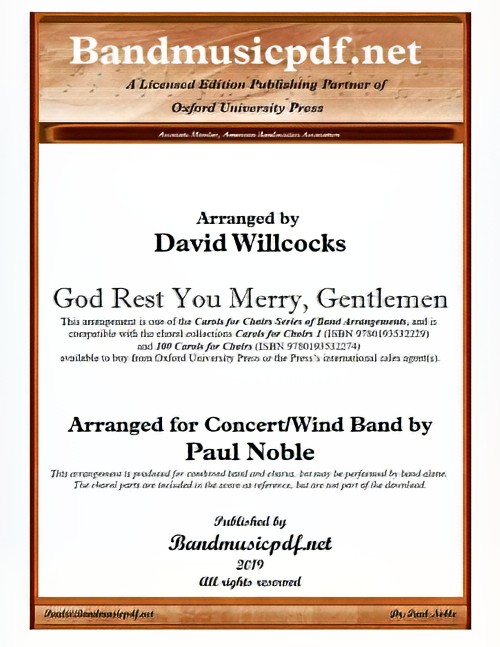 £75.00
£75.00God Rest You Merry, Gentlemen (Concert Band with Optional Choir - Score and Parts) - Noble & Willcocks
God Rest You Merry, Gentlemen is an English traditional Christmas carol. It is one of the oldest extant carols, dated to the 16th century or earlier. There are contradictory interpretations of the meaning of the phrase rest you merry at the time it was written in this carol: the verb 'rest' in the sense to keep, cause to continue to remain is typical of 16th to 17th century language. The adjective 'merry' in Early Modern English had a wider sense of pleasant; bountiful, prosperous. Some interpretations have 'merry' meaning 'mighty'. This arrangement represents one in the Series of Band Arrangements compatible with David Willcocks' Carols for Choirs.
Estimated dispatch 7-14 working days
-
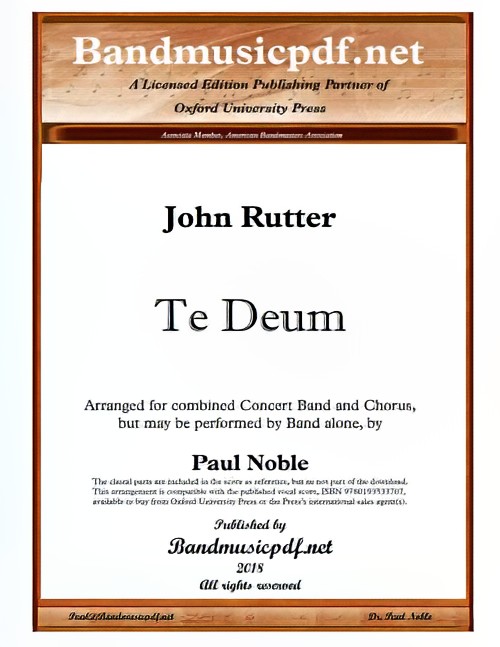 £120.00
£120.00Te Deum (Concert Band with Optional Choir - Score and Parts) - Rutter, John - Noble, Paul
Seven minutes of jubilation! John Rutter, one of the world's most revered composers, has given us a lively and jubilant setting of this inspiring text of thanksgiving. This arrangement for combined band and chorus may be performed by band alone. As with many of Rutter's pieces, the music alone says it all. It is extremely functional, straightforward, and accessible. Whenever a powerful piece of praise and thanksgiving is desired, Te Deum will make an outstanding choice. Don't miss this exciting arrangement from this outstanding composer!
Estimated dispatch 7-14 working days
-
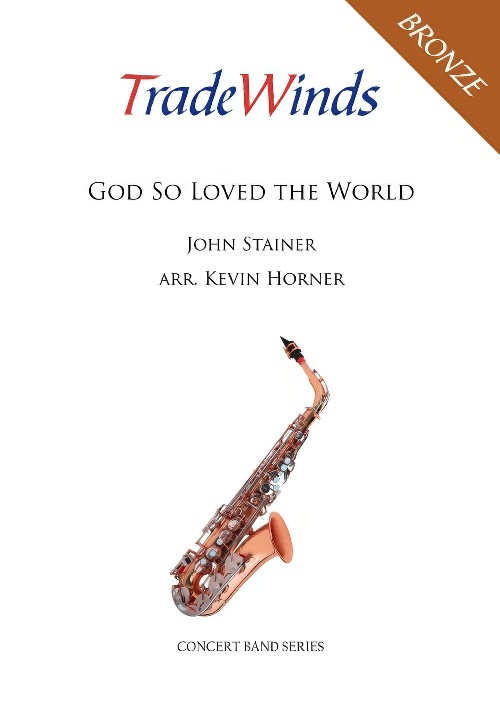 £29.95
£29.95God So Loved the World (Concert Band - Score and Parts) - Stainer, John - Horner, Kevin
The Crucifixion, an oratorio composed by John Stainer in 1887 was designed in such a way that most church choirs would find it accessible. Also, it helpfully includes five hymns so that the congregation can contribute also. Whilst the text for this work was written by W J Sparrow Simpson, who worked with Stainer in an earlier work entitled 'Mary Magdalene', that used in this setting of 'God, so loved the world' is literal from John 3 verse 16 in the scriptures. This movement of 'The Crucifixion' is the most popular and widely used.
Estimated dispatch 7-14 working days
-
 £5.95
£5.95God So Loved the World (Concert Band - Score Only) - Stainer, John - Horner, Kevin
The Crucifixion, an oratorio composed by John Stainer in 1887 was designed in such a way that most church choirs would find it accessible. Also, it helpfully includes five hymns so that the congregation can contribute also. Whilst the text for this work was written by W J Sparrow Simpson, who worked with Stainer in an earlier work entitled 'Mary Magdalene', that used in this setting of 'God, so loved the world' is literal from John 3 verse 16 in the scriptures. This movement of 'The Crucifixion' is the most popular and widely used.
Estimated dispatch 7-14 working days
-
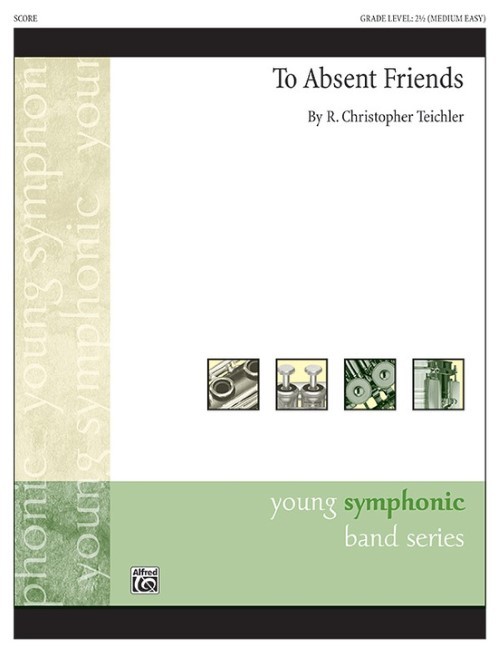 £53.95
£53.95To Absent Friends (Concert Band - Score and Parts) - Teichler, R. Christopher
It is common to have a toast to absent friends at ceremonies or receptions. While not limited to military functions, it is in this context that the toast often seems the most special and appropriate. This heartfelt piece is a tribute to those who have served in the armed forces and are no longer with us.Duration: 3.30
Estimated dispatch 7-14 working days
